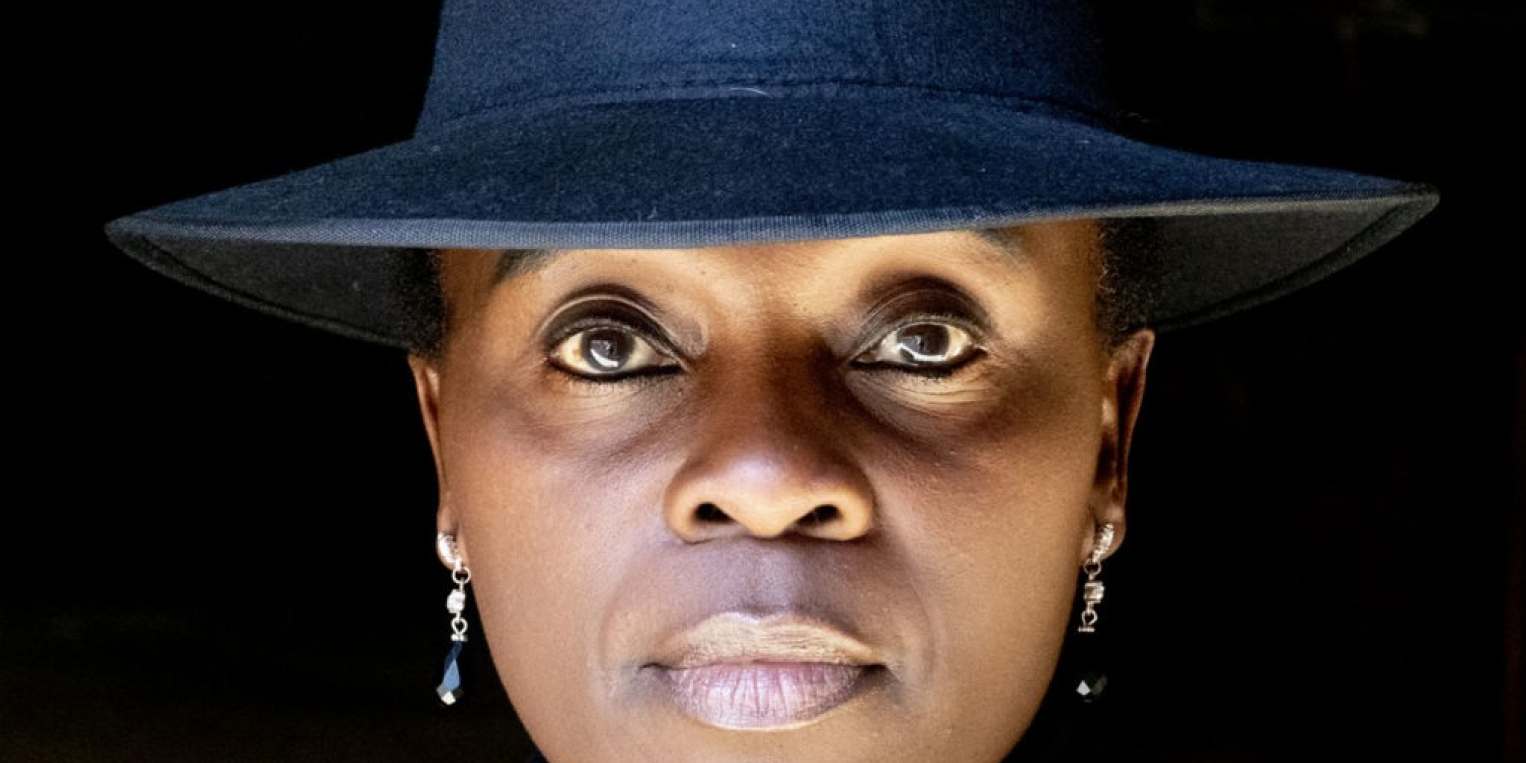

She told Kirabo that she had “original state” inside her and begged her not to get rid of it. Nsuuta told her that women had been persecuted for centuries because they were associated with the water. Kirabo snuck out to see Nsuuta and ask about her mother and advice on her evil self.

Kirabo was not entirely sure why the two women hated one another, but Kirabo knew it had something to do with Tom. Alikisa’s mortal enemy was a witch named Nsuuta. She thought she was a witch because she had an evil self and a good self, and the evil self flew out of her body at times. Kirabo liked to tell stories to the older teenagers. Both of her grandparents were heavily invested with the village’s schools, so they constantly had groups of children and teenagers moving in with them from other villages in order to attend school full time. Miiro was one of the wealthiest men in the village, and he favored Kirabo. In “The Witch,” Kirabo lived with her grandparents, Miiro and Alikisa, because her mother had abandoned her as an infant and her father, Tom, lived in the city where he worked. The story is told in the third-person past tense by a narrator who focuses almost exclusively to Kirabo, a 12-year-old girl living in the small country village Nattetta in Uganda in 1975. The following version of this book was used to create this study guide: Makumbi, Jennifer Nansubuga.


 0 kommentar(er)
0 kommentar(er)
